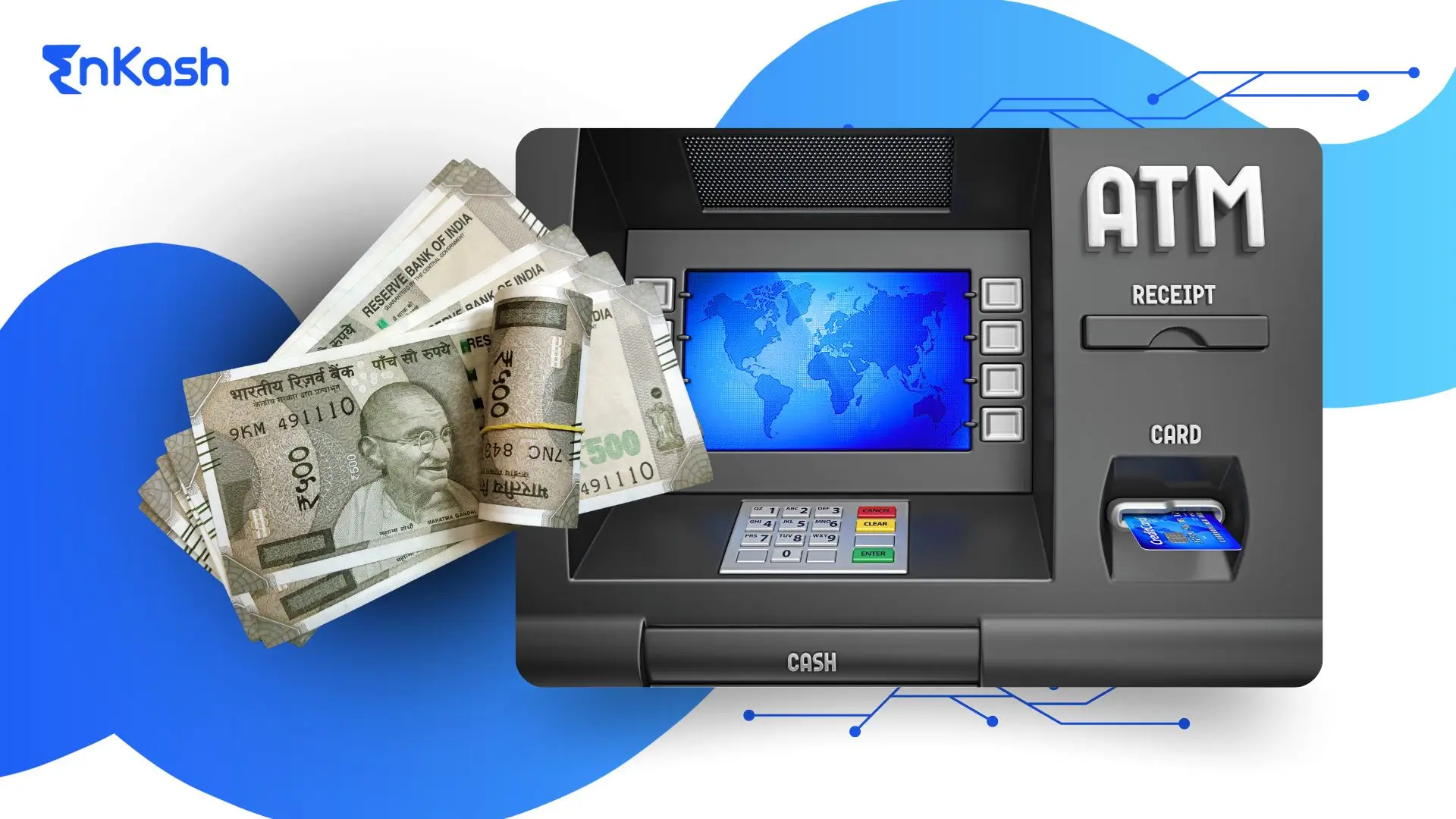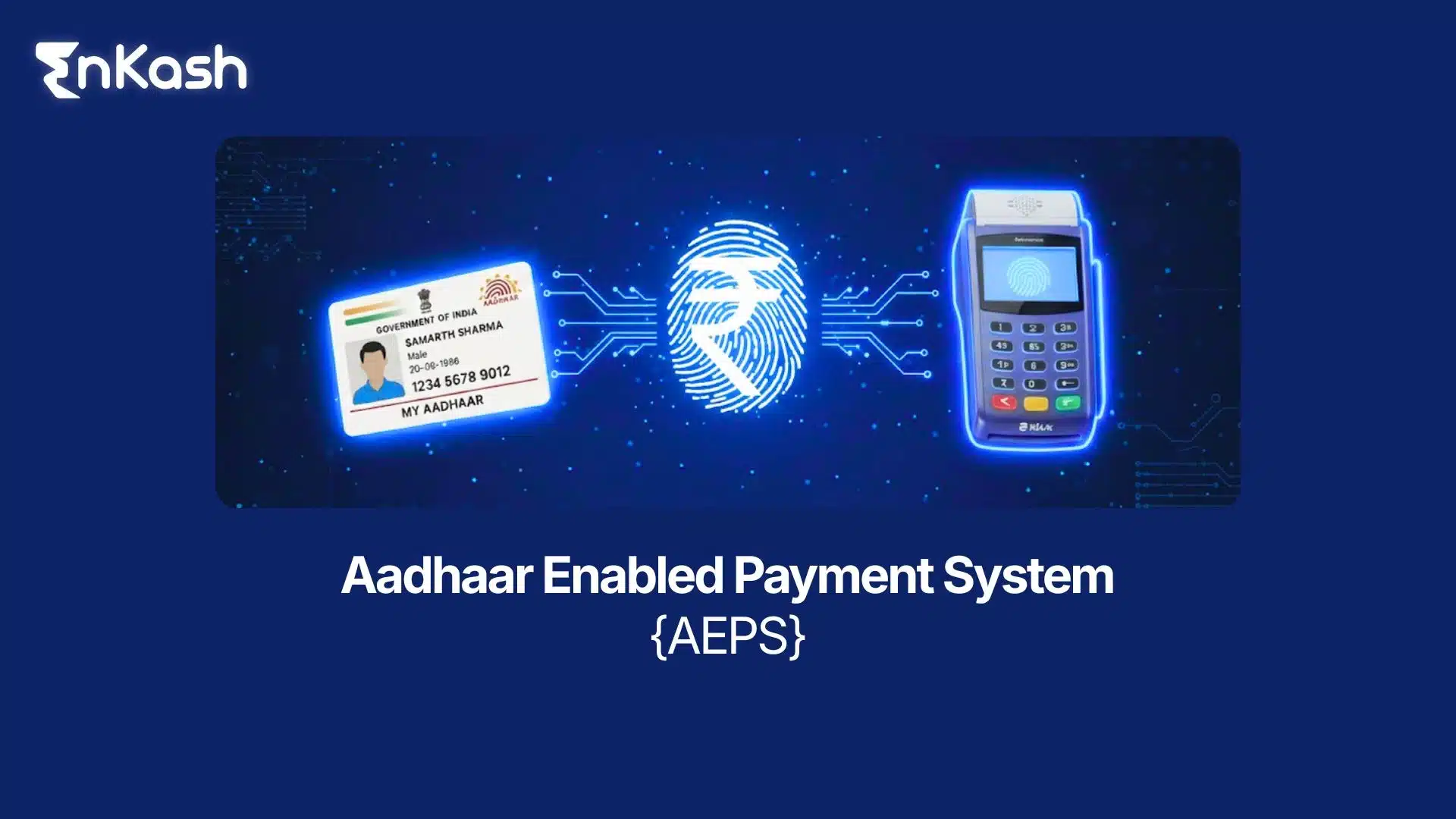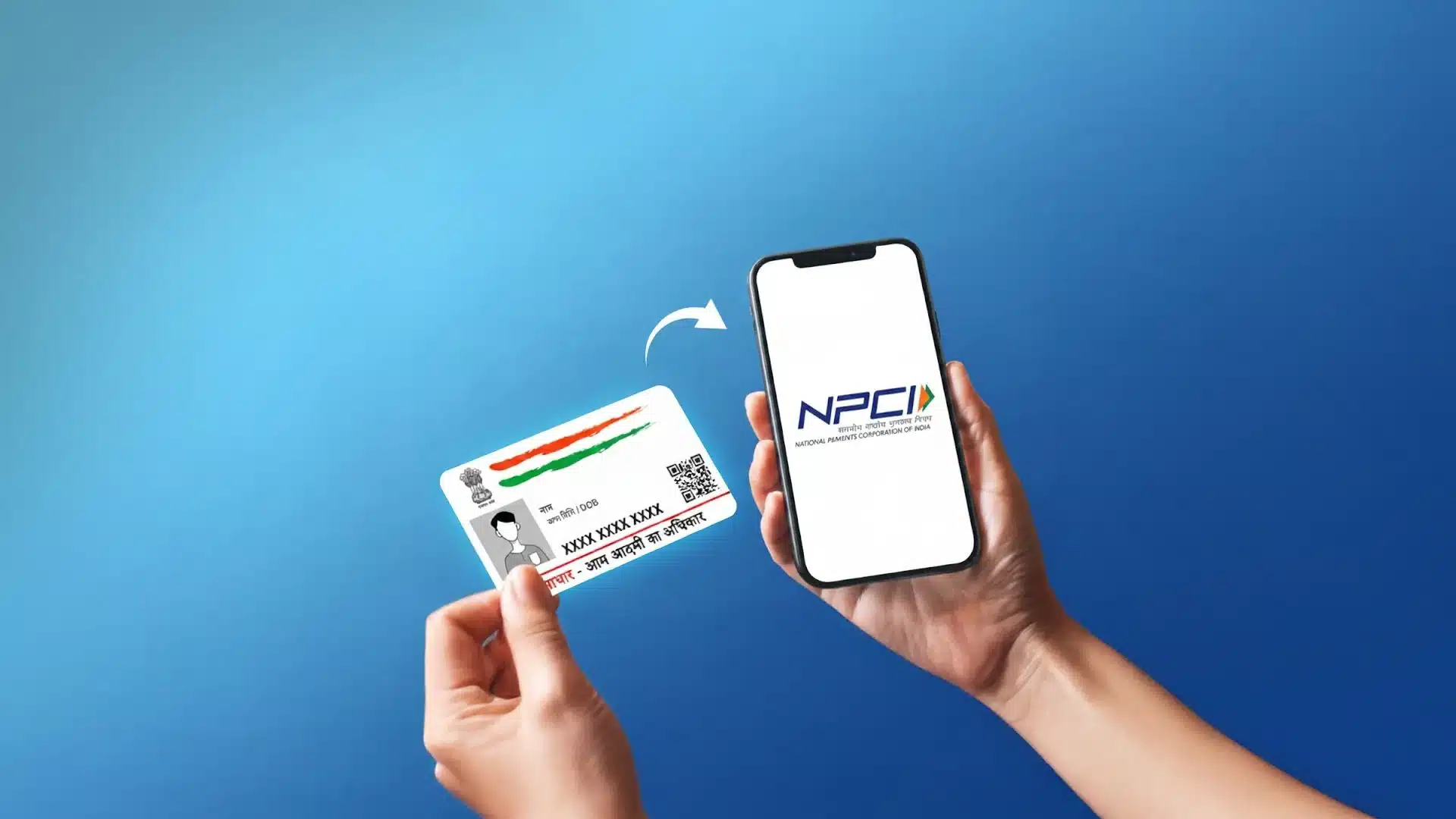Conveyance allowance is a vital component of an employee’s salary package, intended to cover the expense of commuting between home and work. This blog will explore what conveyance allowance means, its legal exemptions under current Indian tax laws, and what limits apply to its usage. This will help employees and employers maintain maximum benefits while complying with legal restrictions.
Introduction
When it comes to the salary package of an employee, allowances play a very vital role. A conveyance allowance is an important allowance as it directly impacts the life of an employee. So, what is the conveyance allowance exactly? Why does it form a major part of your salary and how does it impact your take-home pay? And above all, what are the tax implications associated with it? Understanding these elements is crucial for both employers and employees to ensure fair compensation and compliance with tax regulations. In this blog, let’s understand the conveyance allowance in detail alongside the tax benefits associated, limits, and the best practices to claim it.
Conveyance Allowance Meaning
What is Conveyance Allowance? It is a specific type of allowance provided by employers to employees to cover the costs associated with their daily commute between home and the workplace. It is an essential part of the salary structure, particularly for employees who must travel long distances to reach their place of work.
This allowance is distinct from other travel-related allowances, as it is intended solely for the routine commute and not for any work-related travel beyond this daily journey. Previously, when companies were built in large industrial areas, employers offered transport facilities to employees. However, as there was a change in the work environment and employees started commuting from various locations, this led to the introduction of a conveyance allowance as a part of the salary package, allowing employees to manage their commuting expenses independently.
Importance of Conveyance Allowance
Employees need to know the meaning of conveyance allowance as it is an important element of their salary package. It provides relief in commuting expenses from the worker’s salary and also ensures their well-being in many other ways. The following points explain why conveyance allowance is important:
- Financial Aid for Employees: By paying the conveyance allowance, the employer helps employees cope with the increasing cost of traveling to work, especially in urban areas where transportation costs are high. Thus, employers can help their employees to take less financial stress, helping them to concentrate more on their work.
- Employee Satisfaction and Retention: Conveyance allowances are a significant benefit in increasing employee satisfaction. It shows that the employer cares about the well-being and acknowledges the commute challenges. Consequently, this can lead to higher employee retention and competitiveness in the job market.
- Tax Efficiency: Conveyance allowance is partially tax exempt, reducing the net income tax for employees and, therefore, increases the net take-home pay. This makes the allowance a valuable part of one’s financial planning, especially for high-income taxpayers.
- Higher Productivity: Without the burden of paying for commuting, employees are more likely to be punctual to work and in a better mood. This can lead to more productivity, as employees are less stressed and more engaged in their work.
- Competitive Advantage for Employers: In remote regions where there are few public transport options, a conveyance allowance could be crucial for enabling employees to get to work reliably. This shows the employer as a caring and supportive workplace and creates a competitive edge in attracting and retaining staff.
- Contribution to Comprehensive Benefits Package: Conveyance allowance is an integral part of the employee benefits package. It goes hand-in-hand with health insurance, retirement plans and other benefits by addressing a specific, recurring expense that affects employees’ everyday lives.
Conveyance Allowance in Different Sectors
The allowance of conveyance and the manner of its provision can be different in different sectors. The nature of the work often influences these variations, the necessity for travel, and the standard practices within each industry. The pointers below illustrate how the provision and amount of conveyance allowance are decided to meet the specific demands and travel requirements of different sectors and roles.
- IT and Consulting Sectors: High-profile sectors such as IT and consulting, where employees are on the move often due to client meetings or on-site work, have higher conveyance allowances. These industries recognize the need for flexibility and mobility and, thus, provide higher allowances to cover the additional travel expenses.
- Manufacturing and Industrial Sectors: Employees in the manufacturing or industrial sector who work on fixed locations, for example, in a factory or plant, get relatively lower conveyance allowances. Given that their jobs require little to no travel beyond the commute to and from work, the allowance is generally standardized and less variable.
- Government Sector: Government employees often receive a standardized conveyance allowance consistent across various departments and roles. It is a uniform amount irrespective of the kind of work and traveling employees need to do. This ensures equity and consistency in compensation among government workers.
- Private Sector: In the private sector, conveyance allowance can vary significantly based on the company’s policies, the employee’s role, and the level of seniority. More senior employees and employees with high positions, such as executives, will get higher conveyance allowances than others because their jobs entail more traveling.
- Healthcare and Education Sectors: In sectors like healthcare and education, conveyance allowances are often structured to reflect the specific needs of the profession. For example, healthcare workers who need to travel between multiple facilities might receive a higher allowance than educators working in a single institution.
- Sales and Marketing Roles: People employed in sales and marketing get higher conveyance allowances than other employees. This is because these roles involve frequent travel, from visiting clients to attending marketing campaigns and more.
Conveyance Allowance Exemption
Conveyance allowance exemption is a part of the conveyance allowance, which is exempt from income tax in India, under the Income Tax Act. Under Section 10(14)(ii) of the Act, the taxpayer is permitted to deduct a part of the conveyance allowance amount from the total taxable income to commute between home and office.
Detailed Analysis of Section 10(14) (ii)of the Income Tax Act
Section 10(14)(ii) of the Income Tax Act 1961 is an important section that deals with the exemption of the allowance provided to employees, including the conveyance allowance.
According to this section, any allowance granted to meet any expenses incurred by the employee in connection with his employment is exempt from income tax subject to certain conditions and limits.
For conveyance allowance, there is an exemption available for the amount that is used to meet the expenses towards traveling between the place of residence and the place of employment. The maximum conveyance allowance exemption limit under this provision is ₹1,600 per month (₹19,200 for a year/financial year) and for employees having a disability, the exemption limit increases to ₹3,200 per month (₹38,400 for a year/financial year).
To avail this conveyance allowance exemption, the employee should provide proper proof of expenses, which might be in the form of bills or travel logs. Employers are required to maintain these records and apply the exemption correctly while computing the TDS. Section 10(14) provides critical tax relief to employees, making it a key component of salary structuring and financial planning by both employees and employers alike.
Conveyance Allowance Exemption Limits and Scenarios
The exemption limit for conveyance allowance is fixed at ₹1,600 per month (₹19,200 per annum). In case your employer gives you a conveyance allowance of ₹1,600 per month or less, no tax will be levied on this amount. However, if the amount exceeds this limit, that amount will be considered as part of your total income and will be taxed as per the applicable slab rate.
Documentation Requirements for Claiming Exemption
To claim the conveyance allowance exemption, employees must provide adequate documentation to their employer, typically in the form of
- Proof of Commuting Expenses: It includes receipts for fuel, public transport tickets, or other relevant expenses.
- Declaration Form: Some employers may request employees to submit a declaration form confirming that the allowance is used solely for commuting purposes.
- Travel Log: For employees who travel extensively, a detailed travel log may be required to support the claim.
Is Conveyance Allowance Taxable?
The conveyance allowance paid by the employers is taxed under certain circumstances. A certain part of it is exempt from income tax up to a fixed limit decided by the government every year. If the allowance crosses that limit, employees are entitled to pay tax on that extra amount only.
Conditions for Taxability
Is conveyance allowance taxable? It is often a popular query among employees. Whether the conveyance allowance is taxable depends upon whether the allowance exceeds the conveyance allowance exemption limit and whether it is used for the intended purpose. As per tax laws in India, up to ₹1,600 conveyance allowance per month received by an employee is non-taxable. However, if the received allowance is more than ₹1,600 or if the allowance is not used for traveling between home to work, then the conveyance allowance is not exempt and taxable.
Taxability of Excess Amount
If an employee receives ₹1,500 per month as conveyance allowance, the entire amount is exempt from tax, as it is within the prescribed limit (which is ₹1,600 per month). However, if an employee gets ₹2000 as a conveyance allowance per month, only ₹1600 is exempt from tax. The remaining balance of ₹400 (₹2000 – ₹1,600) is added to the individual’s taxable income.
As discussed before the conveyance allowance exemption limit for employees with disabilities is ₹3,200 per month (₹38,400 per annum). Any conveyance allowance of more than that will be taxable. This special provision recognizes the additional challenges faced by individuals with disabilities compared to other employees, particularly in terms of mobility.
Example Calculation
Consider an employee with an annual salary of ₹6,00,000 and receiving ₹2,500 per month as conveyance allowance. The calculation of tax will be:
- Annual Conveyance Allowance: ₹2,500 x 12 = ₹30,000
- Exempt Amount: ₹1,600 x 12 = ₹19,200
- Taxable Amount: ₹30,000 – ₹19,200 = ₹10,800
- Total Taxable Income: ₹6,00,000 + ₹10,800 = ₹6,10,800
Here, ₹10,800 would be added to the employee’s taxable income and the tax liability would be higher.
Impact on Take-Home Pay
Whether the conveyance allowance is taxable or not matters a lot. This is because it directly affects the final salary of employees. If the conveyance allowance is within the exempt limit, all employees can save tax and can maximize their take-home salary. But if the allowance goes beyond the limit, then the amount of additional tax might reduce the net salary.
How Much Conveyance Allowance is Exempt?
The extent of conveyance allowance exemption is subject to the conditions specified by the Income Tax Act. Understanding these limits helps employees optimize their tax liabilities while benefiting from this allowance.
Maximum Exemption Limit
As outlined earlier, the maximum limit for how much conveyance allowance is exempt is ₹1,600 per month. This limit is applicable regardless of the mode of transportation used by the employee, whether it be a personal vehicle, public transport, or company-provided transportation. Employees who stay within this limit can fully benefit from the conveyance allowance exemption.
Exceptions to the Conveyance Allowance Exemption Limit
While the general conveyance allowance exemption limit is ₹1,600 per month, there are exceptions for specific groups, such as employees with disabilities, who are entitled to a higher exemption of ₹3,200 per month. In certain industries, or under particular employment contracts, the exemption limit can be different but these cases are the exception rather than the rule.
In some large organizations, especially multinational companies, conveyance allowance may be structured differently. It might offer additional benefits or higher conveyance allowance exemption limits for senior executives or employees who frequently travel for work. These allowances might be tied to the employee’s role and the nature of their duties, allowing for greater flexibility in how the allowance is provided and taxed.
How to Maximize the Exemption
Maximizing tax exemptions can significantly reduce your taxable income, ensuring you retain more of your hard-earned money. To get the most out of the conveyance allowance exemption, employees should:
- Negotiate the Allowance: When you are negotiating salary, make sure that the conveyance allowance is organized within the exempt limit.
- Maintain Detailed Records: Keep meticulous records of all commuting expenses so that you can use them to support the conveyance allowance exemption if required.
- Plan Commute Efficiently: To keep within the exempt limit and lower the total amount of taxable income, you may attempt to optimize your commute routes and modes of transportation.
How to Claim Conveyance Allowance?
To claim conveyance allowance is simple as long as you know the right process. Here is a guide to help you with the process.
Step-by-Step Guide
Claiming conveyance allowance is an important process that can help you reduce your taxable income, but it requires careful attention to detail and proper documentation. Below is a step-by-step guide to ensure you claim your conveyance allowance correctly:
- Check Your Salary Structure: Find out if conveyance allowance is part of your salary package. If it isn’t, then attempt to negotiate it in your annual appraisal or salary discussion.
- Maintain Records: Keep a record of your travel expenses including fuel receipts, public transport tickets, and anything else that can help with proving your claim.
- Present Evidence To Employer: Present your employer with the evidence or proof to support your claim. The company policy may specify this on a monthly or annual basis. Ensure that you submit the documents in the required format and before the stipulated time.
- File Income Tax Returns: If you are filing your income tax returns, declare the amount received as conveyance allowance and ensure that the amount does not go beyond the exemption limit. By filling your tax return correctly, you will be able to avail the benefit of the conveyance allowance exemption, and also not be seen in bad light by the tax authorities.
- Review TDS Calculation: After submitting the required documents to your employer, review your TDS (Tax Deducted at Source) calculations to make sure the conveyance allowance exemption part is accurately recorded. This can prevent unnecessary deductions and ensure that your take-home pay is maximized.
Common Mistakes to Avoid
While claiming conveyance allowance, you must be aware of certain common mistakes which can result in rejected claims or decrease your allowance. Knowing these errors can help you optimize your allowance and keep compliance with tax laws.
- Exceeding the Exemption Limit: Claiming more than the allowed conveyance allowance exemption limit is one of the most common mistakes employees make. Unless you qualify for a greater exemption, make sure your conveyance allowance does not exceed ₹1,600 per month.
- Failing to Maintain Records: You will not be able to claim the conveyance allowance exemption without correct records. Maintain a detailed log of your commuting expenses, and keep all relevant receipts and tickets.
- Incorrect Declaration: Make sure the amount recorded on your income tax returns corresponds to the conveyance allowance you got. Any differences could call for fines or extra taxes
Comparison with Other Allowances
Conveyance Allowance vs. Transport Allowance
Although the terms are used alternatively, conveyance allowance and transport allowance stand for different purposes. Conveyance allowance is meant for daily commuting expenses spent by employees, while transport allowance may cover a wider spread of expenses related to travel such as official travel expenses for work purposes. The respective tax exemptions and limits are also different.
Detailed Comparison
Conveyance Allowance |
Transport Allowance |
Includes daily commuting between home and work |
Includes travel related to official work duties |
The maximum conveyance allowance exemption limit is ₹1,600 per month (₹3,200 for disabled employees) |
Maximum exemption limit varies based on actual expenses |
Receipts for commuting expenses are required for the claiming process |
Travel tickets, hotel bills, etc., are needed to support the claim |
Get tax exemption up to ₹1,600 per month, taxable beyond that |
Exempt from taxation based on actual expenses incurred |
Conveyance Allowance vs. Travel Allowance
Travel allowance is provided to employees who are required to travel as part of their job duties, such as attending meetings, conferences, or client visits. Unlike conveyance allowance, which is a fixed monthly amount, travel allowance is usually reimbursed based on actual expenses incurred during official travel.
Detailed Comparison
Conveyance Allowance |
Travel Allowance |
It is provided for daily commuting to and from the workplace. |
It is provided for work-related travel, such as meetings, conferences, or client visits. |
It is limited to daily commuting expenses. |
This one is more flexible as it covers a variety of travel-related expenses. |
It is a fixed monthly component of the salary. |
Typically reimbursed based on actual expenses incurred. |
Has a fixed conveyance allowance exemption limit of ₹1,600 under tax regulations. |
Exempt from tax based on actual expenses with proper documentation. |
Conveyance Allowance vs. Fuel Allowance
Fuel allowance is another type of allowance provided to employees who use their vehicles for official purposes. This allowance pays for the expense of fuel and maintenance. Although both conveyance and fuel allowances are related to transport, fuel allowance is for official work travels. Employees who often use their cars for travel related to their jobs could gain more from fuel allowance since it pays for maintenance and fuel entirely.
Detailed Comparison
Conveyance Allowance |
Fuel Allowance |
It is provided for daily commuting between home and workplace. |
It is provided specifically for fuel expenses incurred during official travel. |
It is a fixed monthly amount, irrespective of actual commuting costs. |
It is reimbursed based on the actual fuel expenses or provided as a fixed monthly amount. |
Exempt up to a specified limit (₹1,600) under tax regulations. |
Taxable unless used specifically for work-related travel with proper documentation. |
Conclusion
For companies as well as employees, knowing what is conveyance allowance and how it affects your tax burden is vital. With the right knowledge, you can ensure that you maximize the benefits of this allowance while staying compliant with tax regulations. Whether you are an employer controlling allowances or an employee claiming the conveyance allowance exemption, it is imperative to keep relevant with the most recent regulations and restrictions.
FAQs
What is conveyance allowance?
Conveyance allowance is the amount provided by an employer to an employee to cover the cost of commuting between home and the workplace. It is a part of the salary package and may be exempt from tax up to a certain limit.
How much conveyance allowance is exempt from tax?
The maximum limit for conveyance allowance exemption is ₹1,600 per month (₹19,200 per annum). Employees with disabilities can claim an exemption of up to ₹3,200 per month (₹38,400 per annum).
Is conveyance allowance taxable?
Conveyance allowance is taxable only if the allowance provided is more than the exemption limit of ₹1,600 per month. The amount of allowance that exceeds the limit becomes part of the employee’s gross salary and is taxed accordingly.
How can I claim a conveyance allowance?
To be able to claim the conveyance allowance, make sure you have it incorporated in your salary structure, keep track of your travel expenses, submit proofs to your employer, and declare the allowance in your income tax returns.
What is the difference between conveyance allowance and transport allowance?
Conveyance allowance covers daily commuting expenses, while transport allowance may include travel for official work purposes. In addition, the tax exemptions and caps for the two might be different.
Can I claim a conveyance allowance if I use public transport?
Yes, you can claim a conveyance allowance whether you use a personal vehicle or public transport for commuting between home and work.
What happens if my conveyance allowance exceeds ₹1,600 per month?
If your conveyance allowance exceeds ₹1,600 per month, the excess amount will be taxable as per your income tax slab.
Do I need to submit proof for claiming conveyance allowance?
To claim the conveyance allowance exemption, you must submit proof of your travel expenses to your employer, such as fuel receipts or public transport tickets.
Is conveyance allowance part of the CTC?
Yes, conveyance allowance is often included as part of the Cost to Company (CTC) package offered by employers.








